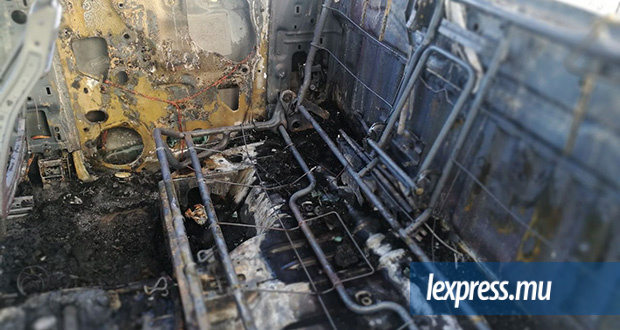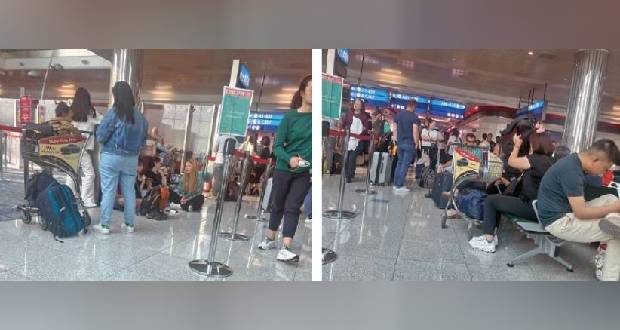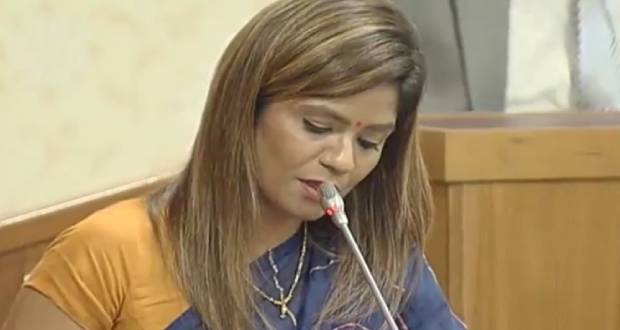Publicité
Rain cities are Smart Cities
Par
Partager cet article
Rain cities are Smart Cities


South koreans are pioneers when it comes to Smart/Rain Cities. With only 3 in 2004, the country has since 2010 reached an astonishing number of 50.
Government is coming forward with the concept of Smart Cities. There are many factors and parameters that help to make a city “Smart”. One of them is to make Smart Cities become real “Rain Cities”. This idea was thoroughly discussed and site visits organized during an International Small Islands Developing States Conference which I attended on the Island of Jeju, in South Korea. What follows are ideas which I gathered during the discussions with leaders in water management and with South Korean Authorities.
A Rain City can be defined as a city in which all residents and politicians are aware of the importance of rainwater and have ensured that regulations and systems are in place to collect and use it in a beneficial way instead of allowing it to drain away. All buildings, especially those with flat roofs are good and extensive areas to capture and store rain water for multiple use.
From a very modest beginning, just three rain cities were set up in South Korea in 2004 and in 2006, the number rose to 17 and reached 50 by 2010. It is said that the number is rising exponentially. Like South Korea, Mauritius is afflicted each year by floods and droughts and with the uncertainties of climate change, meteorological extremes and fluctuations are bound to be more and more frequent.
The concept of Rain Cities for climate change adaptation using low cost equipment, simple technology and a low maintenance systems must be promoted in our future Smart Cities. It must be reminded that most water related problems in our river basins such as flooding and drought and choking drains in our urban areas and elsewhere are all related to rainwater. Proper rainwater management can help mitigate these risks.
In South Korea, underground water tanks below skyscrapers have been constructed to capture and store rain water running from asphalted and cemented pavements for multiple use. Otherwise, the flash floods could cause much physical damage and loss of life as unfortunately was the case in Port-Louis during the 30 March 2013 event.
Climate change adaptations to protect against floods and drought and providing safe drinking water will be major challenges to the water- engineering profession from now onwards. Rainwater management can partly solve these problems. Rainwater that has fallen on a building or on a site can be a clean water source that can reduce the energy used to treat and transport water and can reduce the flood risk in local sewers.
With the promotion of rain cities, new innovative and creative jobs in designing, operating, maintaining are expected to emerge with focus on how to collect, treat and store rainwater in various scales in harmony with existing urban planning and water infrastructure. All of our water sources, surface water and groundwater, originate from rainwater. Direct collection and use of rainwater can not only save the energy required for water treatment and transportation, but also increase safety factors against damage by flooding and water shortage.
If we implement the Rain Water Harvesting system in our emerging Smart Cities, we will create a more flexible and secure water management structure. During drought periods, the CWA draws raw water from rivers for treatment. Raw water taken from a river may contain turbidity, pathogens or soluble contaminants. These need to be reduced by treatment, which requires additional energy and money.
However, if we collect rainwater near where it has fallen, we can maintain good water quality with relatively little treatment. This will help us mitigate urban water flooding and conserve water for non- potable use such as toilet flushing, pavements cleaning and gardening.
During discussions, it was pointed out that the most difficult task is to educate andchange people’s mindset and common sense as far as potable water consumption and abuse are concerned. The most important thing is to make the approach multipurpose by adding more value as well as provision of incentives by government. The approach must be both top down and bottom up.
By changing people’s mindsets and influencing decision makers with engineering data, regulations can be introduced for all buildings in the smart cities to become rain cities with legislative back up ensured by appropriate Ministries and Local Authorities. As such, all new large buildings and all public buildings will be obliged to incorporate Rain Water Harvesting in their water use planning.
The slogan of this initiative could be “From Drain City to Rain City by Training Brain Citizens.” Compulsory modules in the school curriculum on “Rainwater that saves the Earth” can also be introduced as the youth are our future.
Publicité
Les plus récents






